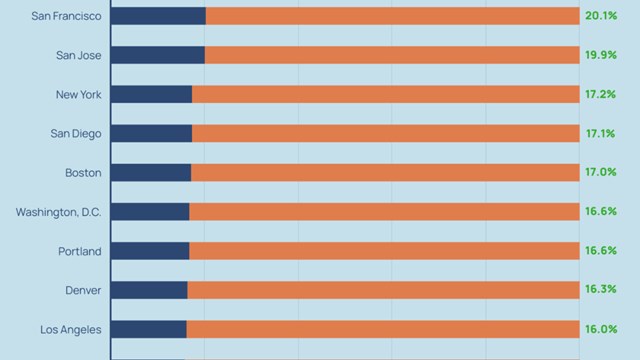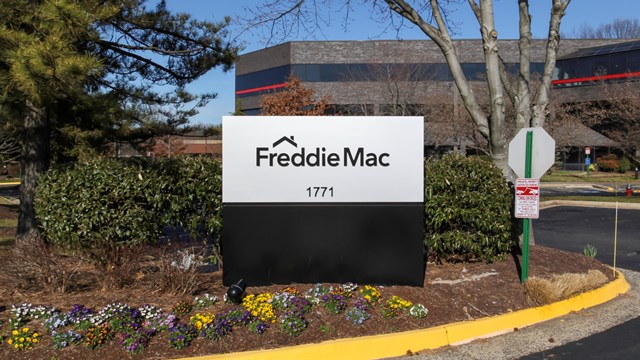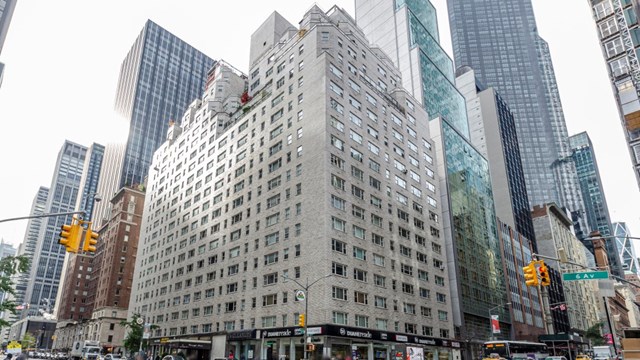
In a fiscal climate plagued with uncertainty resulting from threatened budget cuts at the federal level, New York City Mayor Bill de Blasio released his budget proposals for fiscal year 2018 this past April.
The FY18 executive budget is balanced, and totals nearly $85 billion. It targets new investments in education, public safety, and affordability, while deepening previous budget commitments that make a difference in the lives of every New Yorker. The budget increase over 2017 is 3.25 percent. De Blasio’s 2017 budget was an increase of 9.5 percent over 2016, the last budget presented by former Mayor Michael Bloomberg.
‘In the face of continued uncertainty,” de Blasio said in a statement, “it is more important than ever that cities make smart, targeted investments aimed at improving people’s lives. We cannot respond to threats of funding cuts by pulling back on our own investments or values. Instead, we must continue to make this city a place where everyone can have a chance to succeed. It is our duty to continue building a New York City that is stronger and fairer than it’s ever been before.”
With today’s level of fiscal uncertainty, the latest budget responds to these new realities by recognizing the need to be cautious. As a result, the administration has set the largest reserves in New York City’s history. There will be $1 billion each year put into the General Reserve, compared to $300 million annually under prior administrations. The Retiree Health Benefits Trust Fund will be funded with $4 billion, of which $3.3 billion is coming from this administration. The Capital Stabilization Reserve established by the de Blasio administration will receive $250 million every year for the next four years. Debt savings over this and the prior budget totals $2.8 billion, of which $700 million is coming from this executive budget.
The new budget also continues to build on initiatives begun under the prior budget. Areas to note are as follows:
- $36 million toward the institution of free, full-day, high-quality pre-K for all three-year-olds, ramping up to $177 million by FY21.
- $28.75 million for the installation of air conditioning in every classroom over the next five years.
- $19.8 million in reimbursements for private school security costs to keep students safe.
- $93 million provision for anti-eviction legal services to low-income families, and legal advice to all New York City residents in housing court.
- $38 million contribution to reduce opioid overdose deaths by 35 percent over five years.
- $12.8 million investment in green jobs programs that will train 3,000 people.
- Expansion in the investment of the ShotSpotter Gunshot Detection system, which is used in combating crime, with an investment of $720,000 in fiscal year 2018 for the Bronx, Manhattan and Staten Island, followed by an annual investment of $675,000 in fiscal year 2019 and out.
- $1.1 million expansion of the E-Waste Curbside Collection Program in Staten Island and northern Brooklyn, increasing over $4 million annually in fiscal years 2020 and 2021.
- $775,000 for lower-level boarding facilities for the St. George Ferry Terminal in Staten Island during the morning rush this coming year.
- $1.9 billion to increase or maintain the number of affordable rental apartments by 10,000 units for households earning up to $40,000 yearly, including 5,000 units for seniors and 500 for veterans.
- $61.6 million in increased property tax relief for disabled and senior New Yorkers.
- Expansion of services from the Department of Veterans’ Services by $859,000 annually.
- $300 million in capital funding for renovation of 30 current homeless shelters.
- $136 million over FY18-FY27 for the transformation of the “Made in NY” campus at Bush Terminal in Brooklyn into a manufacturing hub for garment manufacturing and film and television production, creating an estimated 1,500 jobs.
- Fixing facades at New York City Housing Authority (NYCHA) residences, pairing $120 million of city capital dollars with $235.4 million of federal Community Development Block Grant Program (CDBG) funding over 10 years.
- $4 million for rehabilitation of a Brooklyn Navy Yard building into a start-up incubator, resulting in the creation of 500 jobs.
- $1.8 million for the purchase of sidewalk cleaning trucks to advance the mayor’s CleaNYC efforts.
- $16.4 million provision to finance legal representation for immigrant New Yorkers facing deportation and other immigration issues.
IBO Analysis
Ronnie Lowenstein, director of the New York City Independent Budget Office (IBO), offered analysis and testimony of de Blasio’s FY18 budget last month. She outlined the IBO's estimates made in March, noting that, “...our forecast for tax revenues for the current year and next year were very similar to those of the Mayor’s Office of Management and Budget. Since then, the differences have widened: our tax revenue projections for 2017, and especially for 2018, have increased while those of the Mayor’s office have declined.
"For 2017, this means we anticipate the city will end the current fiscal year with a surplus of just over $4 billion, $310 million more than the de Blasio administration assumes," she continues. "Our estimate of a bigger surplus is the product of our forecast of $220 million more in tax revenue coupled with about $90 million less in spending.
"Looking ahead to fiscal year 2018, the divergence widens. IBO’s tax revenue forecast exceeds the de Blasio administration’s projection by $1.1 billion. This additional revenue is offset by our somewhat higher expectations for spending. As a result, we estimate the city will end 2018 with a surplus of $943 million under the proposals presented in the Executive Budget. As required, the Mayor presents a balanced budget for 2018.
"Assuming our estimated 2018 surplus is used to
prepay some of the next year’s expenses, we project a budget
shortfall of $1.9 billion in 2019—roughly half the size of the gap
forecast by the Mayor’s budget office," she says. "Put into context, that is
just under 3 percent of city-funded spending, an order of magnitude
the city has routinely managed in years past.” That can be
considered good news for all.
Housing and the Budget
Of the 18 bullet point items outlined for the FY18 budget above, four are directly aimed at housing, and two are aimed at commercial property development; the six items representing one-third of overall main initiatives. The commercial property targets – both in Brooklyn -- will have ripple effects on housing by bringing an estimated 2,000 well-paying jobs to the borough, along with a need for additional housing to accommodate those workers.
Additionally, the estimated 3,000 jobs expected from investment into ‘green industries’ are expected to have a similar ripple effect. Four other initiatives represent quality of life improvements for city residents, ranging from waste collection issues to air-conditioning for public school students, further buttressing the mayor’s intention to improve conditions for all New Yorkers. Continued growth under a watchful and prudent eye as confirmed by the IBO will help New York to face the uncertainty ahead.
A J Sidransky is a published novelist and a staff writer/reporter for The Cooperator.






Leave a Comment